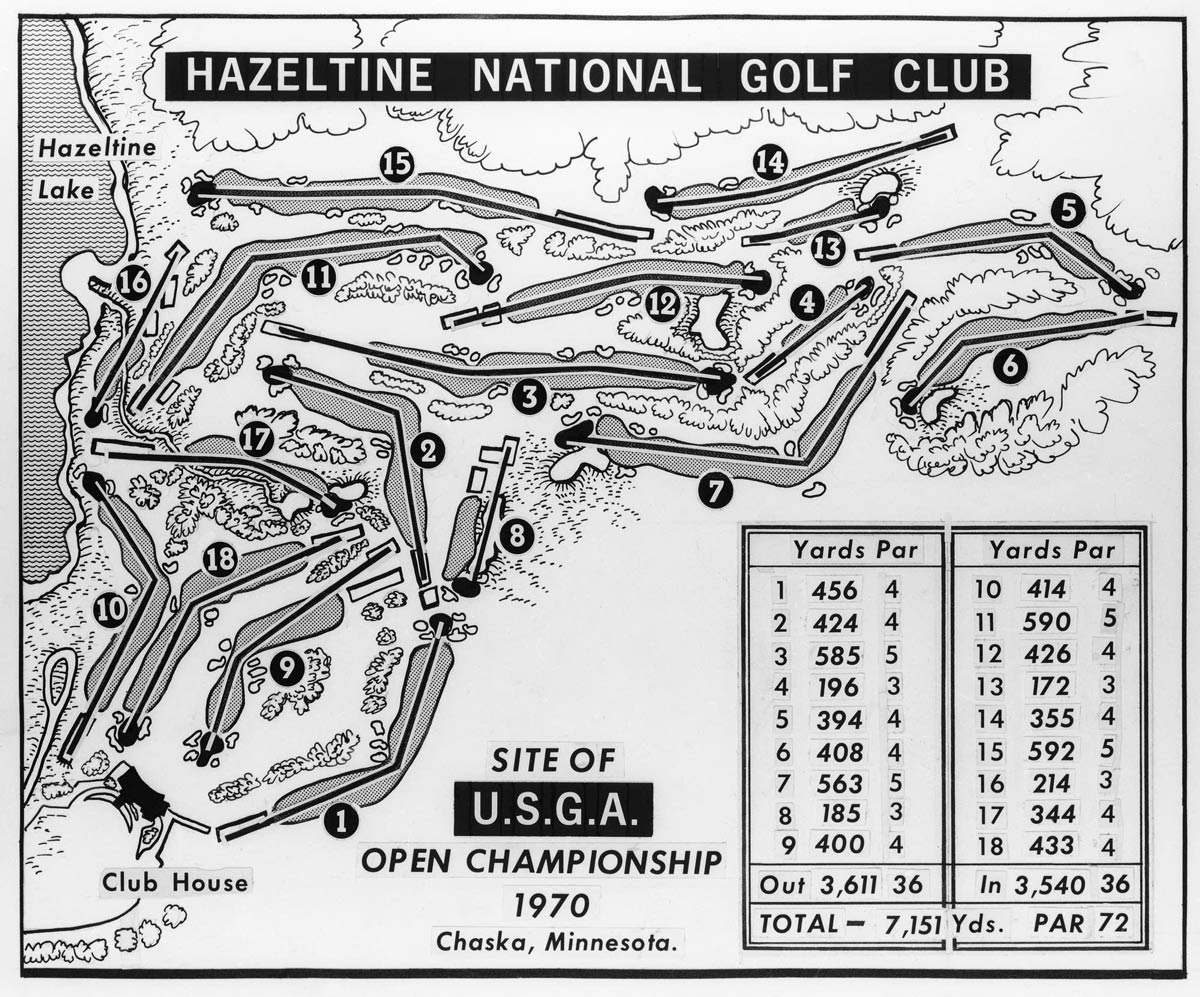What makes golf so dramatically different from other sports are the courses themselves. Sure, different baseball fields might have slightly different outfield configurations, but the mound to home is sixty feet, six inches no matter where you’re lacing ‘em up. In golf, the venues shift so dramatically between tournaments that each has the potential to become famous for its own quirks. And the men and women behind these courses are unlike other architects. Golf courses aren’t idealistic the way skyscrapers are. For course architects, their designs involve less sculpture of metal than of earth, and more adaptation to the landscape on which they are built. And in the sport of golf, perhaps no architect is more well known than Rees Jones.

Jones was born in Montclair, New Jersey, the son of another famous golf architect, Robert Trent Jones, Jr. The late Robert was the mastermind behind some of the most breathtaking tracks in the world, including Spyglass Hill, Firestone, and Hazeltine. Both men seem to be blessed with an innate ability to make courses that test professionals to their limits but also can be enjoyed by average players—not simply because your average 20 handicapper utilizes tee boxes that are moved forward, but because the courses were crafted to be, well, playable.

In a 2018 interview, the younger Jones criticized the way some courses rely too heavily on difficulty to define their greatness, stating, “You don’t build a church for Easter Sunday.” What he meant was where other designers may go overboard with penalty areas like bunkers and water, the reality is, golf is hard enough as is. Jones’s designs test golfers because of green contours, or the way they’ll entice a player to use one side of the fairway that’s more open, only to realize they’ve now brought in a new obstacle on their approach—not because they penalize well-struck shots randomly. Golf is a mental game first and foremost, and if there’s one thing Jones’s courses do, it’s make a player think about their next move.

But Jones’s most famous designs aren’t his at all, rather reimaginings of ones, turning them from good places to play into world class venues. In fact, Jones has even retooled his father's courses like Bellerive, tuning them up for modern day bombers while retaining their essence. Known as “the Open doctor,” he’s redesigned places like Bethpage Black and Torrey Pines South Course, both of which have delivered memorable U.S. Opens throughout the years (not to mention, Tiger Woods triumphs). In this sense, Jones has emerged from the long shadow one might assume his father cast to invent a lane all his own. Like a hip-hop producer of golf course design, Rees Jones’s true genius is taking the raw samples of each layout and chopping them up to create new masterpieces.




